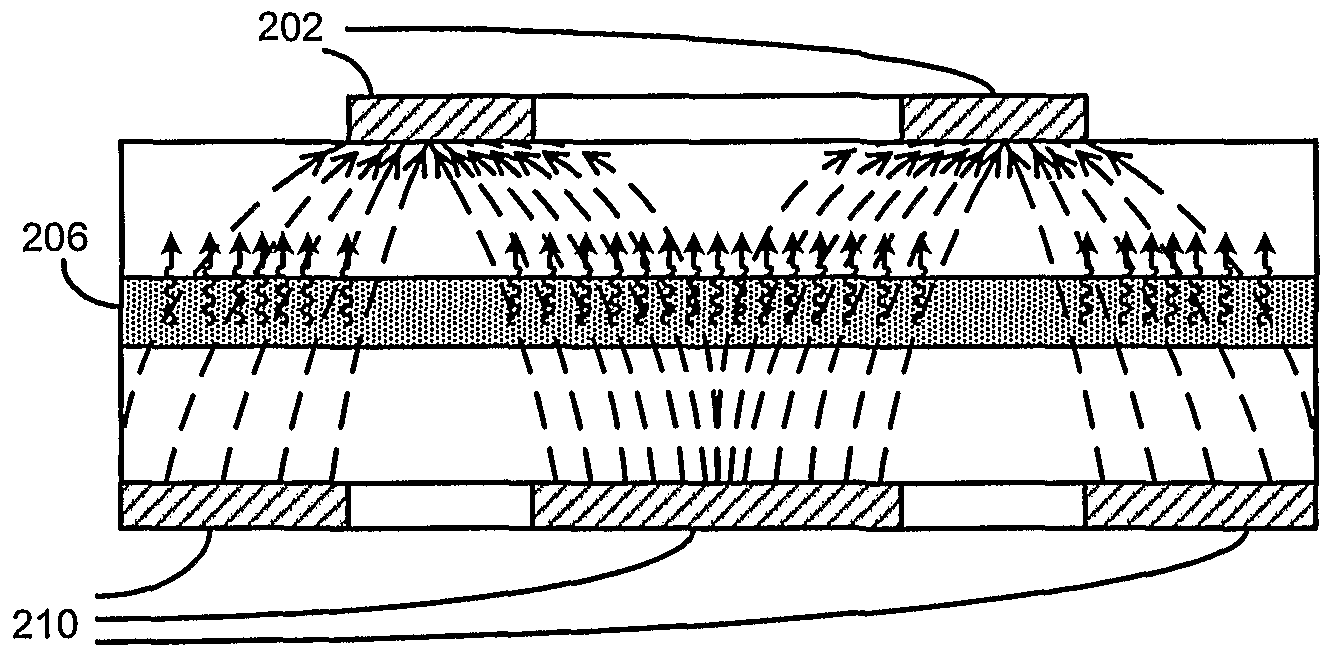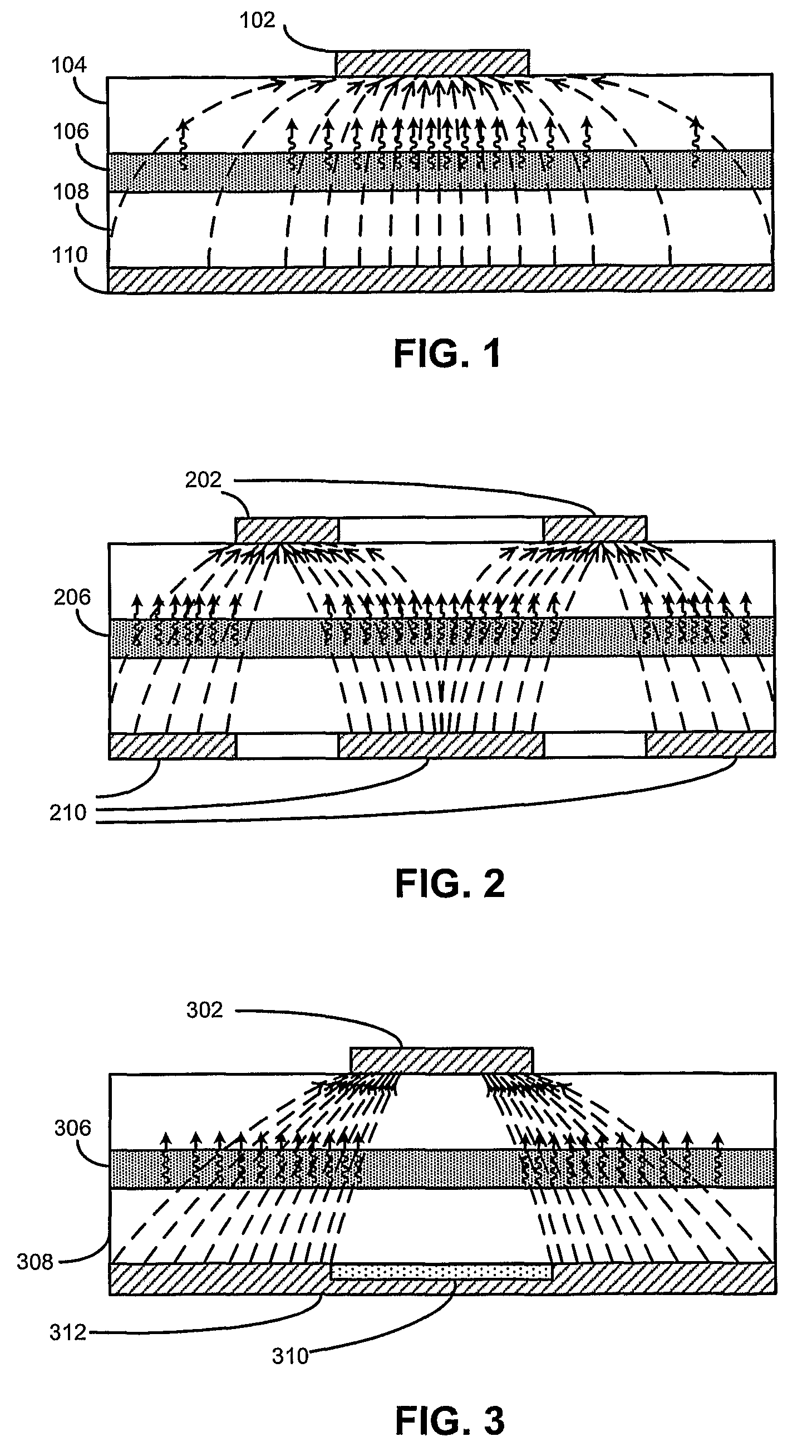Semiconductor light-emitting device and method for making same
a technology of semiconductors and light-emitting devices, applied in the field of semiconductor light-emitting devices, can solve the problems of electrodes obstructing a substantial amount of vertically emitted light, high light-emission efficiency, and particularly pronounced light-obstruction issues, and achieve the effect of reducing the recombination of carriers
- Summary
- Abstract
- Description
- Claims
- Application Information
AI Technical Summary
Benefits of technology
Problems solved by technology
Method used
Image
Examples
Embodiment Construction
[0038]The following description is presented to enable any person skilled in the art to make and use the invention, and is provided in the context of a particular application and its requirements. Various modifications to the disclosed embodiments will be readily apparent to those skilled in the art, and the general principles defined herein may be applied to other embodiments and applications without departing from the scope of the present invention. Thus, the present invention is not limited to the embodiments shown, but is to be accorded the widest scope consistent with the claims.
Obstruction of Vertically Emitted Light
[0039]Generally, the two electrode of an LED can be placed on the same side of the substrate (lateral electrodes) or on different sides of the substrate (vertical electrodes). Vertical-electrode configuration is a preferred design due to its ease of packaging and better reliability. FIG. 1 illustrates a typical LED structure with vertical electrodes.
[0040]An active...
PUM
 Login to View More
Login to View More Abstract
Description
Claims
Application Information
 Login to View More
Login to View More - R&D
- Intellectual Property
- Life Sciences
- Materials
- Tech Scout
- Unparalleled Data Quality
- Higher Quality Content
- 60% Fewer Hallucinations
Browse by: Latest US Patents, China's latest patents, Technical Efficacy Thesaurus, Application Domain, Technology Topic, Popular Technical Reports.
© 2025 PatSnap. All rights reserved.Legal|Privacy policy|Modern Slavery Act Transparency Statement|Sitemap|About US| Contact US: help@patsnap.com



